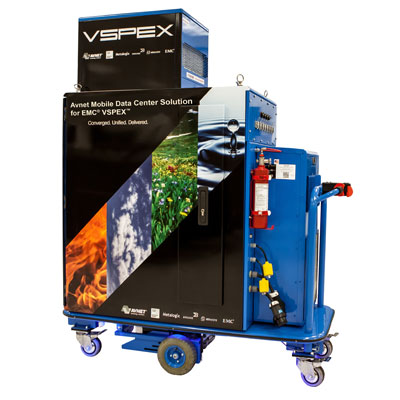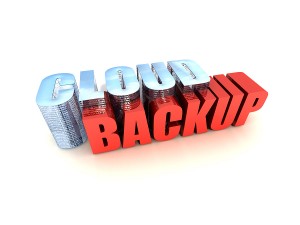What is Virtualization?
Virtualization is the process of consolidating physical machines and/or servers onto one physical machine, thus creating “Virtual Machines” that share the central Server’s resources (Processor, Memory, Storage, etc.) virtualization allows the creation of multiple systems, the physical systems that are already in use can have its data and information moved to the mainframe and used as if it was still a “physical” box. This also will allow that system to be used from virtually anywhere access is allowed. By being moved to the mainframe system, these existing systems will also become more isolated and secure than it was as an individual system.

As a Virtual Machine, or VM, the system has more controlled and secure access to its data. With adjusted settings, the VM will be completely isolated from other systems and completely unaffected by other systems on the mainframe, whereas in its physical state, the machine could be intruded or accidentally affected, or crashed, by other systems within that network. Virtual Machines are impenetrable within a mainframe environment. Virtualization ultimately allows multiple, different operating systems to run on the mainframe at the same time.
Advantages of virtualization
Virtualization
The virtual machine environment is highly flexible and adaptable. New Linux guests can be added to a VM system quickly and easily without requiring dedicated resources. This is useful for replicating servers in addition to giving users a highly flexible test environment
Sharing resources
Resources can be shared among multiple Linux images running on the same VM system. These resources include: CPU cycles, memory, storage devices, and network adapters.
Server hardware consolidation
Running tens or hundreds of Linux instances on a single System z server offers customers savings in space and personnel required to manage real hardware.
System z advantages
Running Linux on VM means the Linux guest(s) can transparently take advantage of VM support for System z hardware architecture and features
z/VM Connectivity
z/VM provides high-performance communication among virtual machines running Linux and other operating systems on the same processor. Simplification of the network by using HiperSockets may provide savings and reduce cabling, hubs, switches, and routers, as well as help to reduce maintenance effort.
Horizontal growth
An effective way to grow your Linux workload capacity is to add more Linux guests to a VM system. z/VM V5 supports Integrated Facility for Linux (IFL) processors, the attractively-priced hardware feature for Linux workloads available for System z. An IFL is an dedicated processor for running Linux on the mainframe, designed to reduce software costs specifically.
IBM introduced a new engine-based Value Unit pricing announced for z/VM V5, replacing the per-engine pricing model that was available with z/VM V4. Engine-based Value Unit pricing is designed to provide a decreasing price curve as hardware capacities and workload grow, which may help improve price/performance.
So, why use Linux on the mainframe?
Linux is more secure and also stable than most OS’s. Since its creation, Linux has been able to remain clear of mass-spread viruses or spyware. This will disable the need for the organization to purchase any antivirus software and the subscriptions such as it would on Windows. Also, by Linux being open source, the vast majority of Linux based software is also completely free and available for download at any time.
Mainframe customers just about always buy support. Annual subscriptions for Red Hat is 15 to 18 thousand per IFL. Suse is similar. Linux on z is typically used to run licensed enterprise software rather than free open source, so there are costs as with most servers. However there is still cost savings for many workloads due to consolidation.
Some real examples of the benefits of virtualization, specifically Linux, includes Nationwide Insurance. Nationwide.com runs on WebSphere¸ one of IBM’s lead web application server products, on Linux for System z. They expect to save $16M over the next 3 years from their initial deployment of the Linux application. The initial deployment consolidated over 250 Production, Development & Test Servers down to only 6 IFLs, or Integrated Facility for Linux.
Bank of New Zealand also engaged in a consolidation of its own. The bank reduced over 200 Sun servers down to one System z10 running Red Hat Enterprise Linux. They also reduced their datacenter footprint by 30%, reduced the heat output by 33%, and power consumption by very close to 40%. Also, they saved in human resources by having only one assigned administrator per 200 virtual servers.
As both of these examples show, benefits from virtualization are indeed REAL!

















